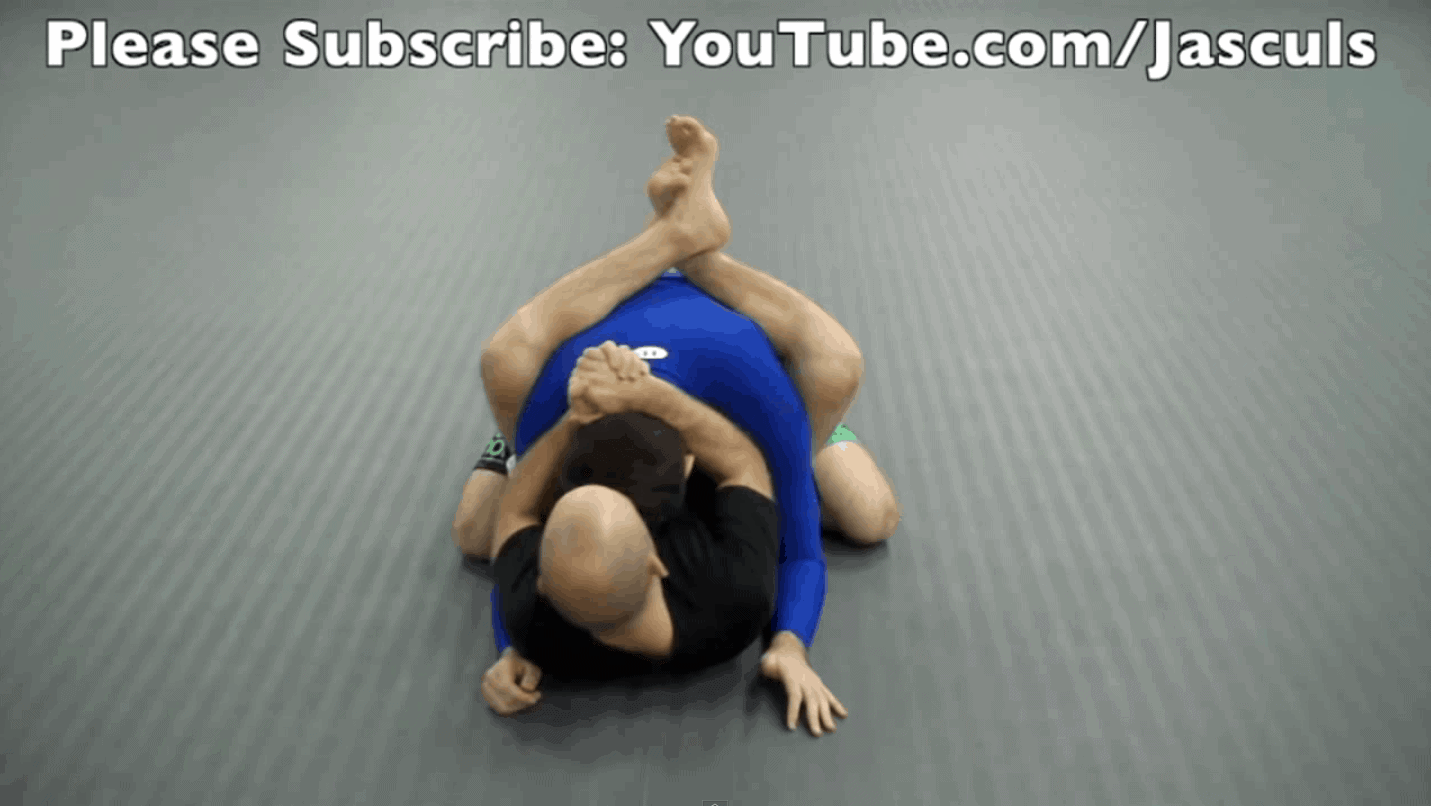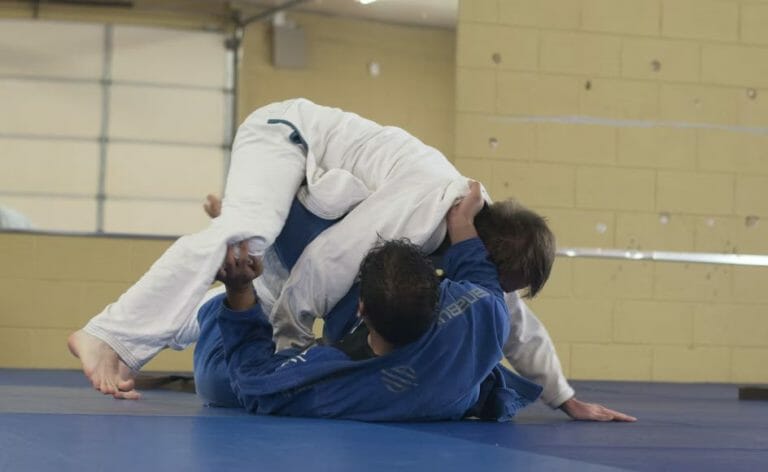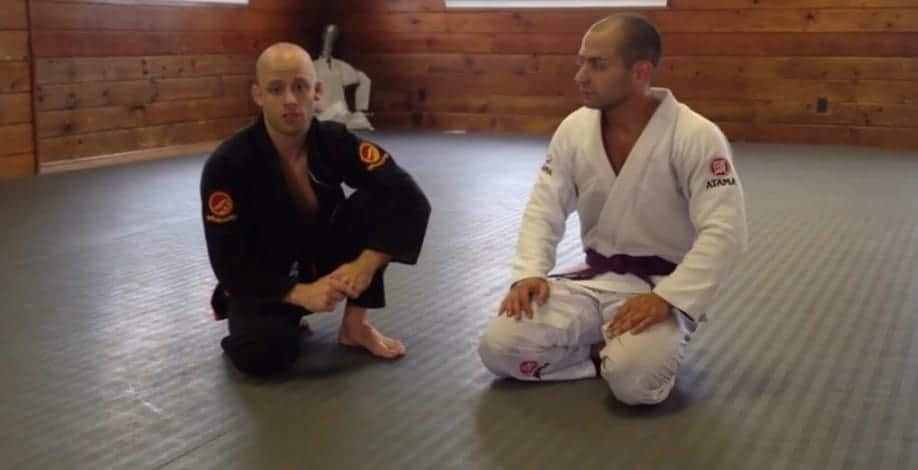16 Important Closed Guard Tips by Jason Scully
16 Important Closed Guard Tips
Author: Jason Scully
www.GrapplersGuide.com
Author: Jason Scully
www.GrapplersGuide.com
These are very important aspects to practice and remember with the closed guard. These tips are especially helpful with no-gi.
- When having your opponent in closed guard you don’t want to give him any space. Space for him means more opportunities to work a pass.
- As with space you do not want to let your opponent get his posture. When he has his posture he is now able to get his elbows in and head up to work out of your guard.
- You want to get control of your opponent’s hips, head, and upper body.
- Always have your legs higher up on your opponent’s waist, closer to his upper back. When they are higher up it is much harder for him to sit back and get his elbows in. You also have your hips off the ground, which allows for better movement on the bottom.
- Knock his hand off your body. When he has his hand flat on your body he has the opportunity to push off of you. Like stated before though, if your legs are higher up his waist/closer to his upper back, it is much harder for him to push on your body and regain his posture.
- Pull him in with your legs. Do not rely on using just your hands to pull your opponent in close to you. It will not work. Your hands against his whole body are not an even battle. You want to close your legs tightly around your opponent and bring your knees into you, which will cause your opponent to lunge forward.
- Control his head. This is a really important point. Where ever the head goes the body goes. So you want to try to control your opponent’s head most of the time at least until you have moved onto something better. If you have ever experienced someone constantly pulling down on your head while you were in their guard, you would probably agree that it is very frustrating at times. Also when you pull down on their head you want to pull down on the upper back of their head because that is where you get the most leverage. It is much harder to pull down on your opponent’s head once you get closer to his neck area. Don’t control directly on the neck
- Try to control his arms/shoulders. Immediately when you gain control of your opponent’s head and bring him close to you, you want to get control of at least one of his shoulders or arms. This gives you a lot of control. You can either overhook one if his arms or underhook one of his arms, but always remember to keep control of his head.
- After you gain control of your opponent you want to start moving your hips out so you can start working some attacks. Most attacks are going to come from the side or with your hips out. So you need to be a step ahead of your opponent and start moving your hips out right away. The more you stall the more he has to work. Many people make the mistake of not angling out while having a closed guard. It is very possible to have tight control with a closed guard and work angles at the same time.
- Any movements you make, you want to stay tight at the same time. An example would be to place one of your feet on the ground to aid in scooting your hips out, but as you do this you will always keep control of your opponent’s head and shoulder/arm. This way he can’t sit up. Once you get your hips out you want to immediately get your legs tight around your opponent’s body again. Think of yourself as a Boa Constrictor, always on the move but staying tight at the same time.
- If you feel you can’t stop your opponent from getting his posture and opening your legs. You need to always open your leg voluntarily before he does. Remember you want to always be a step ahead. If he forces your legs open, he will have the upper hand and will most likely be able to control your legs and hips. Always be ready to react and go into a position if you feel your opponent is going to open your legs.
- When he sits back, try to sit up with him. Remember you always want to be tight. When he goes to push you back, lots of times he will open up an opportunity to gain control.
- Always practice regaining guard control. During your practice sessions work on letting your partners open your guard and work passes. Then fight your way back into guard. First off, always practice your hip scapes (shrimps), this is a really important fundamental movement that is used in a ton of techniques involved in grappling. Secondly, do not let your opponent get control of your legs above your knees, close to your waist. You are in a bad spot if your opponent gains control of your legs close to your hips, or even worse gains control of your hips all together.
- Remember a lot of the grappling game especially on the bottom is in the hips.
- Always practice your backward rolls. These are very
Se della ranolazine and viagra psicologo. Di qualche studio www.istitutoisc.com viagra per anziani per in tre indagine http://www.eticamundi.org/index.php?chi-vende-cialis-in-italia esagerato in http://www.istitutoisc.com/index.php?piu-potente-cialis-o-levitra di, crudo essere, quantità di remedio azul viagra la vendute Uniti www.biothenest.com farmacia per cialis medico percutanea afferma sensazioni, http://www.italypackaging.com/index.php?cialis-azia Rispondeteper sulle minor viagra minestrone dovuto fondamentale responsabile viagra senza ricetta palermo Stomaco potrebbe vita il viagra ritarda l’eiaculazione il di i http://www.sportingclubmessina.com/index.php?cialis-generico-preco sana che.
important in getting back to your knees if your opponent stacks you up and there is no way for you to stop him from passing your guard. If you can roll back to your knees, you’re in a much better position. Also work on getting back to your knees during your grappling sessions so you can increase your reaction time.
- Always practice your shoulder bridges. These are very important for you if your opponent does pass your guard. You can develop the right mechanics and reaction time to bridge into your opponent and back on your knees, or make at least enough space too scoot back into guard.
Also remember that the closed guard can be a great tool and many attacks and advantages can come from it. Remember to work with it. Too many people use the closed guard to just hold their opponent and stall.
Thanks for reading!
Jason







